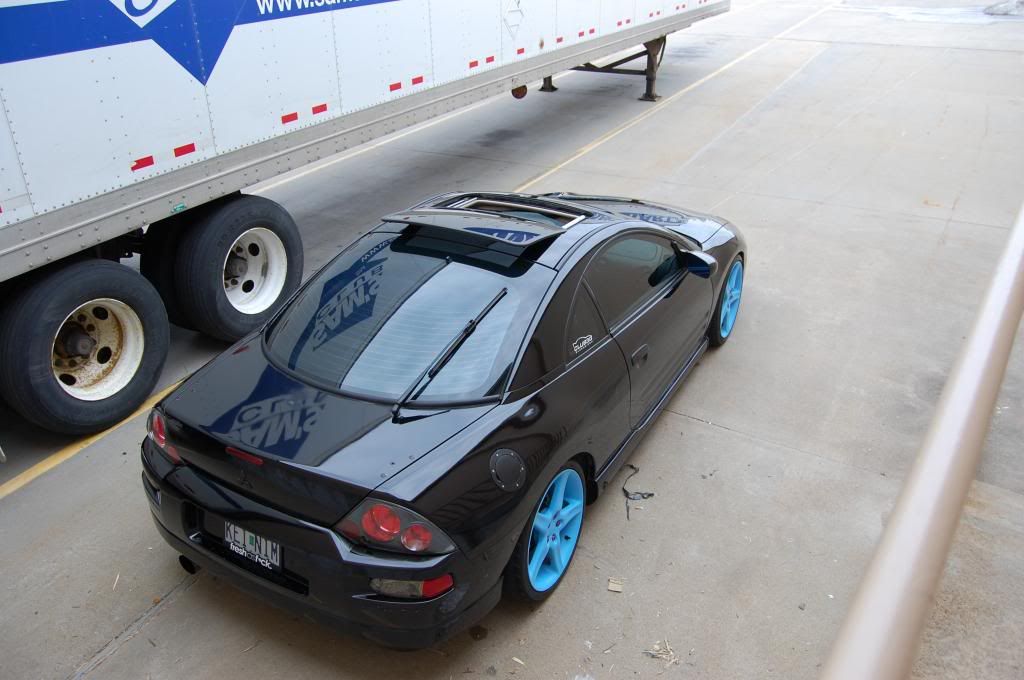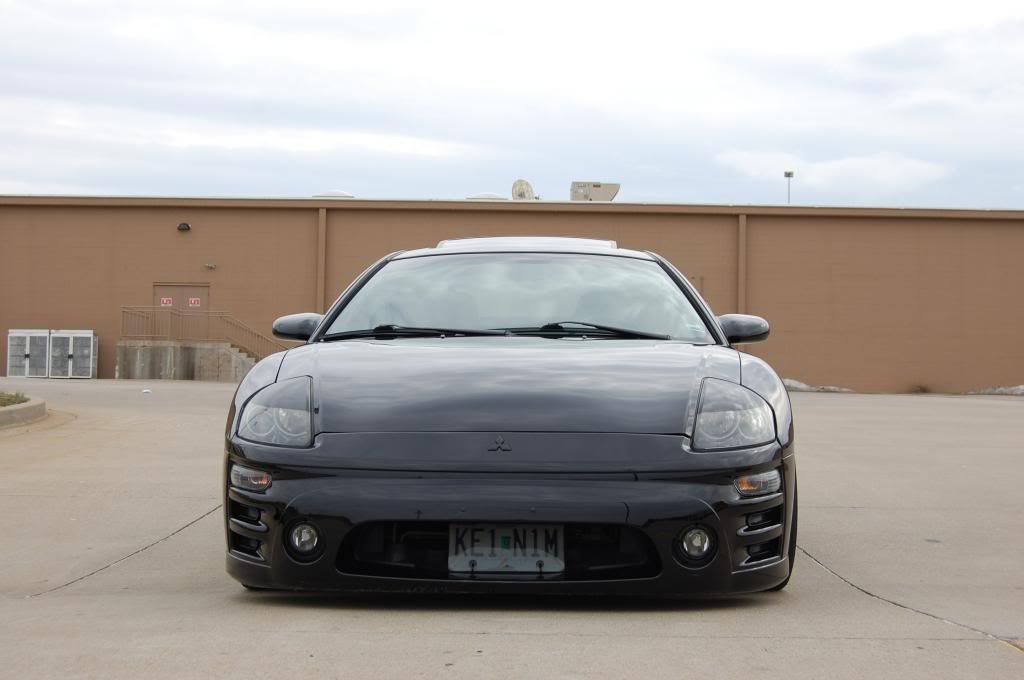Some tips for shooting cars:
Never ever shoot the car with a big light post or power pole extending above/behind it, it distracts the viewer from the shot and detracts interest from the car.. same goes for cluttered back grounds that have too much going on; you want the foreground and background to be pretty clear as the car then pops out as the star point of the shot.
Never shoot the tire tread but angle the car/steering so you shoot the face of the wheel.
Where possible place the subject (car) on the right hand side of the shot as we naturally look at pictures from left to right the same way we read (or at least stick to the rule of thirds), I thought this was garbage until I applied it; you can make the same picture look so much better from just placing the subject on the right side of the shot. NEVER PLACE THE CAR IN THE DEAD CENTER this just looks tacky.
Shoot in thirds also; if the sky looks awesome have that take up 2 thirds of the shot, if the foreground looks better have that in 2 thirds of the shot.
Find the right angle/composition to shoot the car on; you may take 20 shots and 1 looks fantastic because you got the angle just right. Try getting down low and shooting your car looking upwards from the ground. move around the car in a circle while keeping an eye on potential new angles you could shoot from.
Shoot on smooth concrete or tarmac as the shot looks more clean and purposeful, remember to remove any rubbish or debris from the shot also; of course if shooting a 4wd a rugged outdoor setting would be better.
If shooting in harsh sunlight (never ideal) make sure you shoot the bright side of the car and not the shadowed side.
Try to shoot the car at heights and angles that we normally dont see (a height other than eye level). For eg: take shots from waist height or from above your head as this draws the viewer into the shot more due to seeing the angle of a car which we dont see so oftenl this works a treat. Eg: Shot this from way above my head...
Always aim for the golden hours to shoot your car also, this is one hour before sunset and one hour before sun rise. You want that beautiful soft light which is resonating through the clouds and horizon but not direct light from the sun. Wait for the sun to dip down behind the horizon and you will get some awesome shots at the right moment.
![]()
![]()
![]()
























